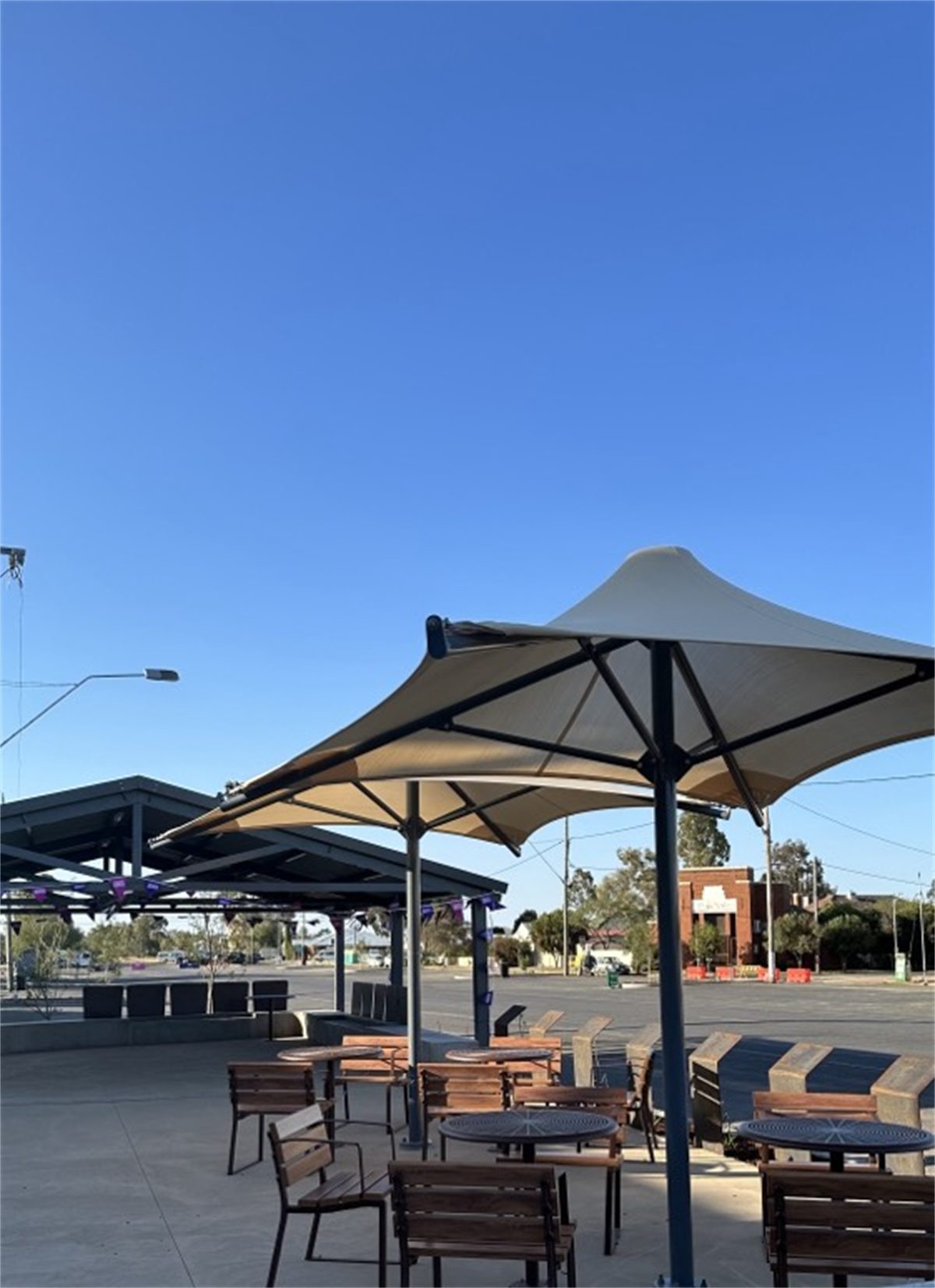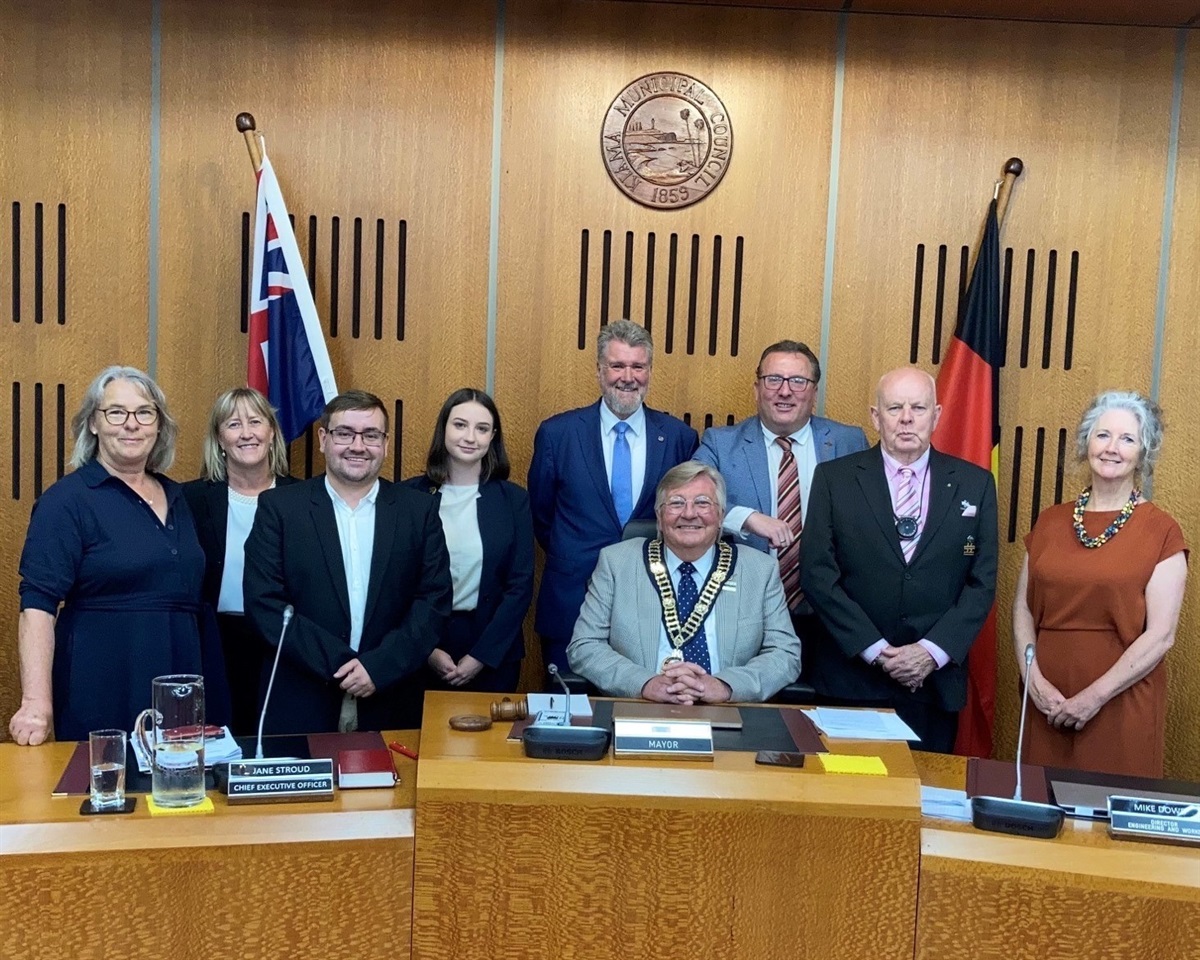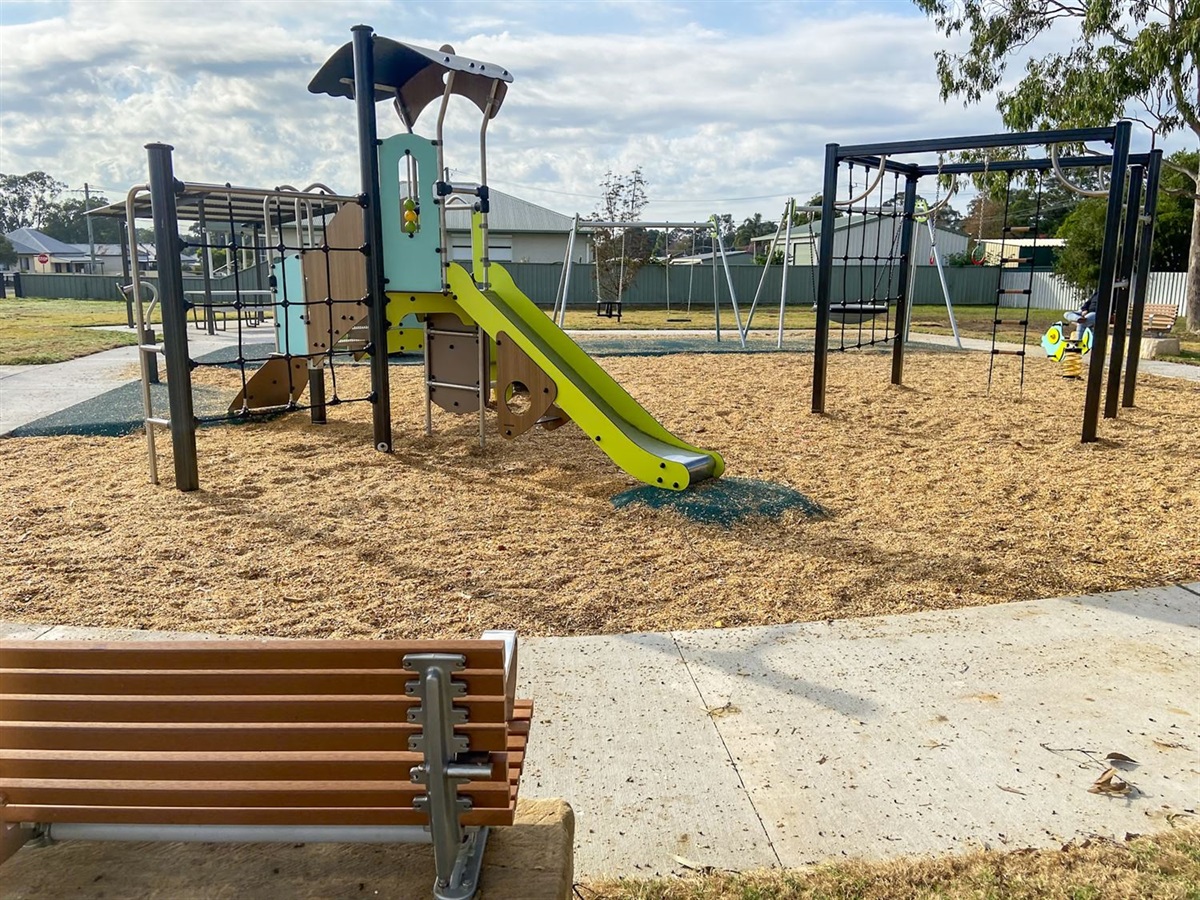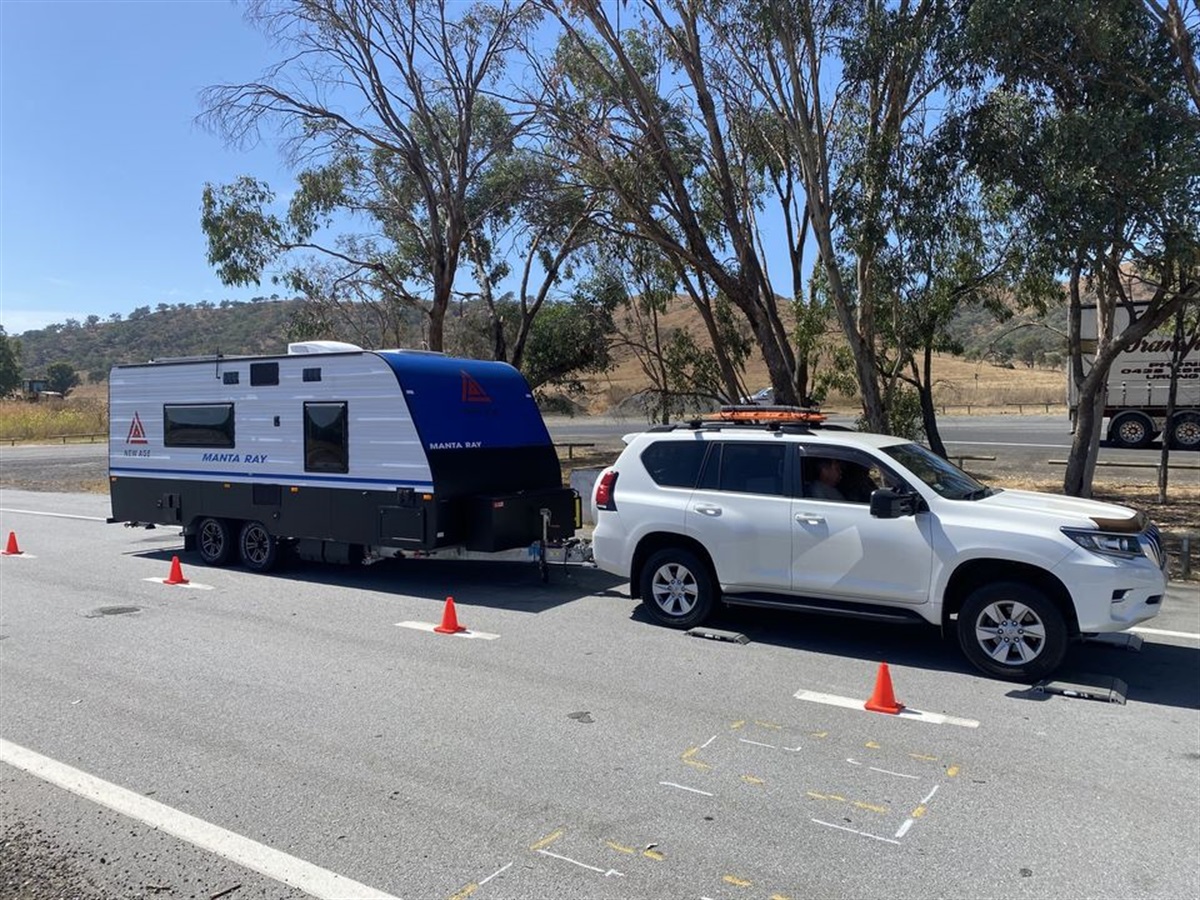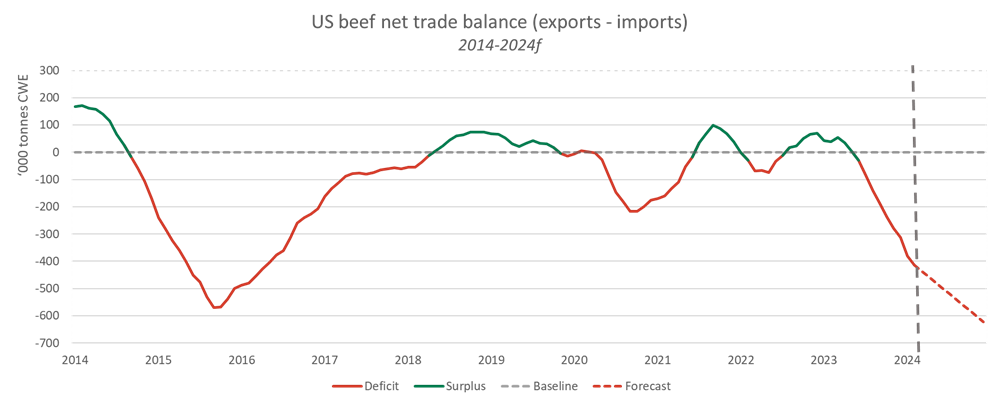Today at the National Press Club, Woodside CEO Meg O’Neill admitted that Woodside removed sacred Murujuga rock art during previous construction of the Burrup Hub mega-project. This is the first time Woodside have taken public responsibility for their destruction of thousands of rock art sites on Murujuga. Woodside has previously been responsible for the destruction of thousands of sacred rock art sites in the construction of earlier parts of its Burrup Hub mega-project, including the Karratha Gas Plant and Pluto LNG processing facility. Today, Meg O’Neill described the historical removals, some of which occurred as recently as the 21st Century, as “culturally appropriate at the time”.
Save our Songlines spokesperson Raelene Cooper, a Mardudhunera woman and former Chair of the Murujuga Aboriginal Corporation, said the following in response:
“For Meg O’Neill to describe the destruction of our sacred rock art with bulldozers as culturally appropriate at the time quite frankly beggars belief and is deeply offensive. How can she say it was culturally appropriate – who did Woodside ask for permission, and who gave them cultural authority? Where was the consultation process? This is our sacred cultural heritage that Woodside bulldozed into the sea. Since the 1960s, archaeologists and experts have been clear about the cultural heritage significance of this rock art but Woodside continued to damage, remove and destroy our rock art. How was it culturally appropriate? It was not then and it is not now. It is misleading for anyone to suggest otherwise.”
“Woodside has been responsible for the destruction of thousands of sacred rock art sites in the construction of earlier parts of its Burrup Hub mega-project. I’m relieved that finally Woodside have publicly admitted their responsibility but now they need to guarantee they won’t continue to damage our rock art on Murujuga with toxic emissions from their ongoing Burrup Hub expansion.”
The Burrup Peninsula in Western Australia is known as Murujuga to traditional custodians, a deeply sacred place that contains the largest, oldest collection of Aboriginal rock art in the world. This priceless cultural treasure is currently nominated for UNESCO world heritage listing, but the sacred songlines and stories contained in these carvings are being damaged by emissions from the Burrup Hub and face total destruction within decades.
Woodside’s Burrup Hub is the biggest new fossil fuel project in Australia. It consists of the Scarborough and Browse Basin gas fields, the Pluto Project processing plant, and other linked liquified natural gas (LNG) and fertiliser plants on the Burrup Peninsula in WA’s remote north-west Pilbara region. The Burrup Hub is projected to produce more than 6 billion tons of CO2 by 2070, making it four times larger than the Adani coal mine and one of the biggest carbon bombs in the world.
The Save our Songlines media archive is available here.
Please note that the reproduction of images of rock art featuring humanoid figures is restricted for cultural reasons. Culturally sanctioned photo and video footage is available via the Save our Songlines Google Drive.

